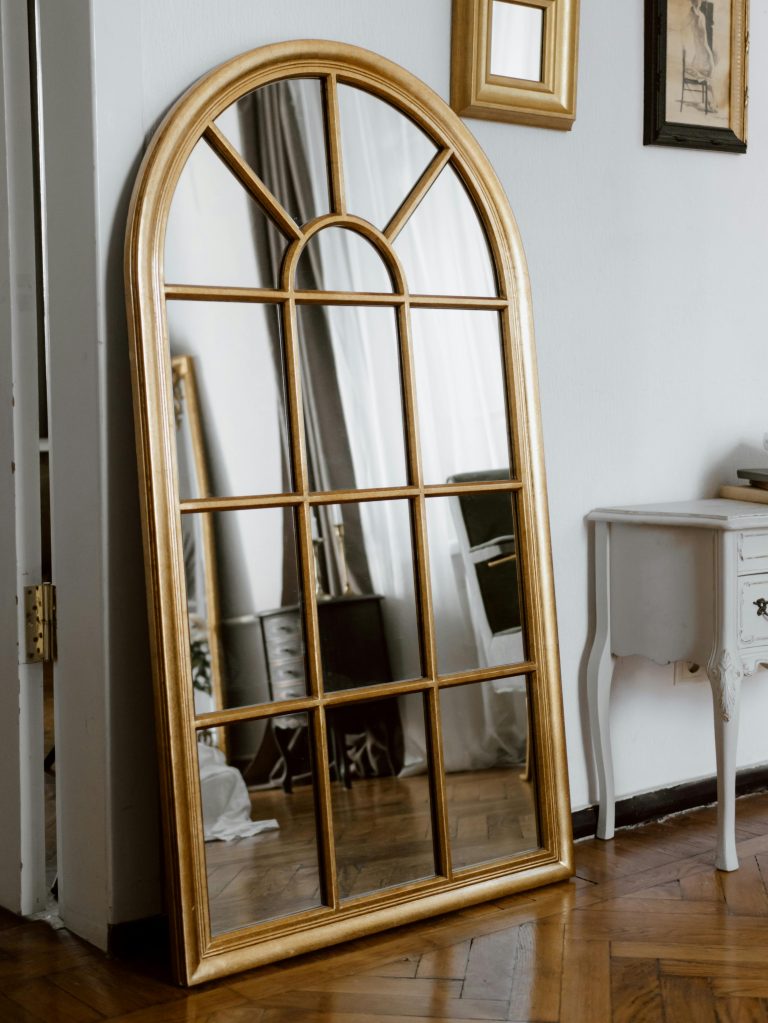Building a custom home means making tons of decisions, and probably the biggest one is deciding on your overall style. The two main contenders? Modern and traditional designs. They’re pretty different, and your choice affects everything from your daily life to your bank account.
In this blog post, I’ll discuss the difference between modern and traditional style and how you can choose the best one for you.
What Defines Modern and Traditional Home Styles
Modern homes typically have clean lines, minimal decoration, and lots of open space. They often feature large windows, flat or low-pitched roofs, and asymmetrical layouts. Materials like concrete, glass, and metal show up a lot.
Traditional homes, on the other hand, draw from historical styles – Colonial, Victorian, Craftsman, etc. They usually have more ornate details, symmetrical designs, pitched roofs, and defined rooms rather than open concepts. Wood, brick, and stone are common materials.
The differences go beyond just looks. Traditional homes often feel cozy and familiar while modern ones can feel sleek and innovative. Your style preference probably says something about your personality too.
Comparing Layouts and Floor Plans
Layout is where these styles really diverge. Modern floor plans tend to be open – your kitchen, dining room, and living room might all blend together. This creates good flow and makes entertaining easier. Ceiling heights vary to create visual interest.
Traditional layouts have more defined spaces. Each room has its purpose and walls separate them clearly. This gives you more privacy but can feel more closed off. Traditional homes often have formal dining rooms and living rooms plus family rooms – modern homes typically skip the formal spaces.
Storage is handled differently too. Modern designs hide storage behind sleek panels or use built-ins that blend with walls. Traditional homes might have more standalone furniture pieces and visible storage solutions.
Materials That Make the Difference
Materials probably tell the story better than anything else. Modern homes love concrete floors, glass walls, metal accents, and minimalist finishes. Cabinets are often flat-panel without visible hardware. Countertops might be quartz or concrete.
Traditional homes feature more natural wood (especially hardwoods like oak and cherry), detailed trim work, crown molding, wainscoting, and warmer color palettes. Countertops might be granite or marble. Cabinet doors have raised panels and visible hardware.
Flooring choices differ too – modern homes might use polished concrete or large-format tile while traditional homes often have hardwood, carpet in bedrooms, and smaller tile patterns in bathrooms.
The color palette you choose will significantly impact how your style comes to life, whether modern or traditional. While modern homes often feature neutral tones with bold accent colors, traditional homes typically embrace warmer, richer hues throughout. Professional painting contractors can provide color consultations to help you select the perfect palette that compliments your chosen style.
Budget Considerations for Both Styles
Cost differences between these styles aren’t straightforward. Modern homes can be more expensive because of large windows, high-end finishes, and custom elements. The open floor plans sometimes require costly structural solutions like steel beams.
But traditional homes have their own expenses – detailed woodwork, crown molding, built-ins, and multiple rooms all add costs. The materials can be expensive too, especially quality hardwoods and natural stone.
Labor costs vary by region and availability of specialized craftspeople. Modern homes need contractors familiar with contemporary techniques, while traditional homes require skilled carpenters for detailed woodwork.
Finding Your Personal Style
The style you choose should reflect how you actually live. Look at your current furniture, the places you shop, even your clothing preferences. These all hint at your natural style inclinations.
Don’t just follow trends. Modern styling is everywhere in magazines and home shows right now, but if you’ve always loved traditional elements, you might feel uncomfortable in an ultra-modern space.
Your personal style has probably been developing for years. Look at homes you’ve admired or spaces where you’ve felt most comfortable. These are clues to what you’ll be happy with long-term.
Regional Influences on Home Design
Where you live matters too. In some regions, traditional styles just make more sense climatically and culturally. The Craftsman bungalows of the Pacific Northwest, Colonial homes of New England, and Mediterranean styles of the Southwest developed for good reasons.
Modern homes can sometimes feel out of place in very traditional neighborhoods. This might not matter to you, but it’s worth considering how your home will fit into its surroundings.
Local building materials and techniques also influence what’s practical and affordable in your area. Using locally-available resources often makes sense economically and environmentally.
Blending Elements for a Customized Look
The good news? You don’t have to completely choose one style or the other. Many great homes blend elements of both.
“Transitional” style has become really popular because it mixes the comfort of traditional with the clean simplicity of modern. You might have the open floor plan of modern design but with more traditional materials and detailing.
Focus on creating a home that works for your lifestyle rather than strictly adhering to design rules. Maybe you want mostly traditional styling but with a super modern kitchen, or a modern overall design with some traditional touches for warmth.
Resale Value and Future Appeal
While you should design for yourself, resale value is worth considering. Extremely style-specific homes can be harder to sell. Very modern homes might appeal to a smaller buyer pool in some markets.
Traditional styling tends to have more staying power and broader appeal, though this varies by location. Urban areas often embrace modern design more readily than rural or suburban locations.
The most marketable homes usually have a mix of timeless elements with thoughtful updates that feel current without being trendy.
Working With Your Builder
Finding a builder experienced in your preferred style is crucial. Some builders specialize in modern homes while others excel at traditional construction.
When searching for the right partner to build your dream home, look for experienced custom homes builders with a proven track record in your preferred style. Established builders with years of experience in the industry often have extensive portfolios spanning both modern and traditional designs.
Look at their portfolio. Ask about their experience with specific elements you want. Talk about challenges they’ve faced with similar projects.
Good communication matters more than anything. You need to be able to articulate what you want, and they need to understand your vision and be honest about what’s possible within your budget.
Making the Final Decision
At the end of the day, your home should feel like you. Don’t let trends, resale concerns, or others’ opinions override your gut feeling.
Live with your plans for a while before finalizing. Visualize yourself in the space.
- How does it feel?
- Can you imagine living there for years?
Whatever style you choose, focus on quality construction and thoughtful design. A well-built home in any style will serve you better than a poorly-executed version of what’s trendy right now.
The best homes aren’t strictly modern or traditional – they’re personal, functional, and built with care.


